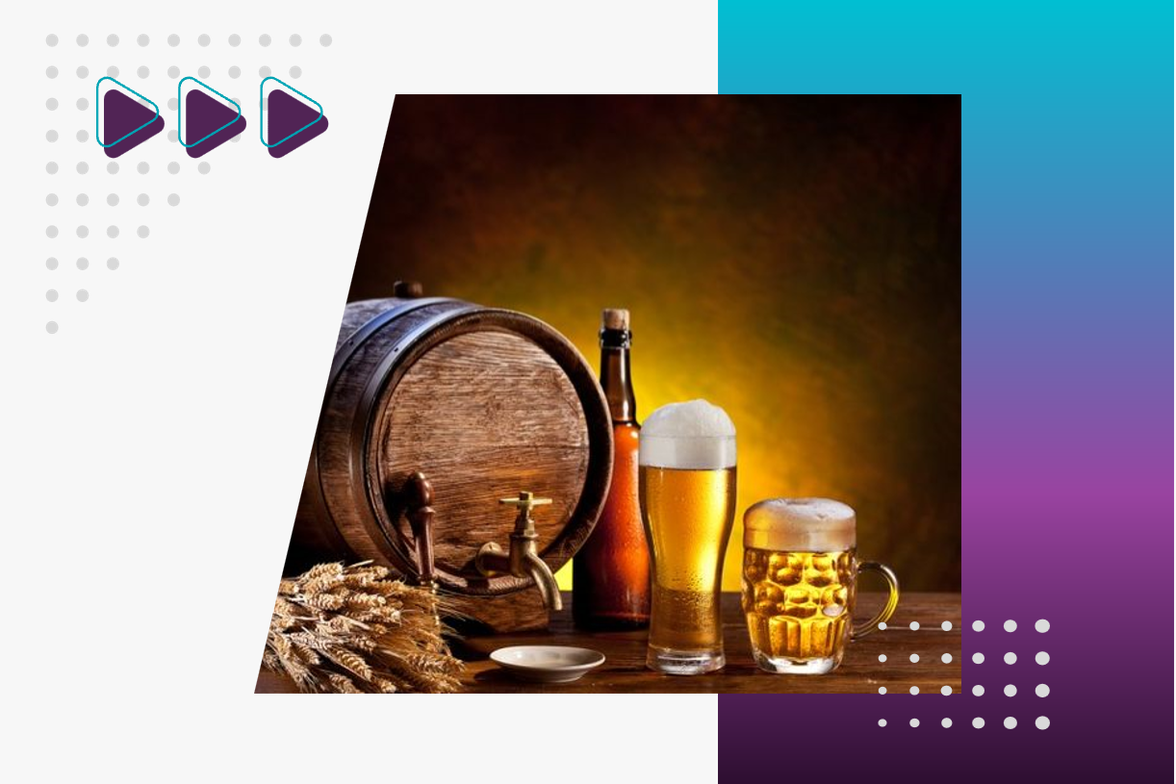According to the Kasi global consumer sentiment index, consumer outlook stabilized towards the end of 2022 with +13 points. In Ivory Coast, there was a 12-point increase, while in Kenya, there was a three-point increase. While Ivory Coast seems to have recovered from inflation faster, Kenya still lags as …

